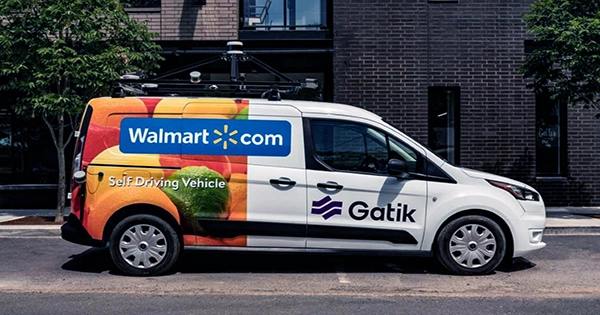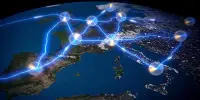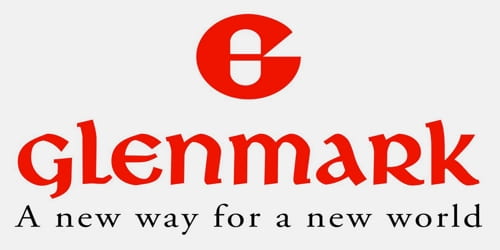Cruise aims to extend its self-driving delivery test with Walmart in Arizona, according to the company’s senior government affairs manager, who spoke to state legislators recently. The GM-owned autonomous vehicle startup is primarily focused on developing, testing, and eventually deploying a commercial robotaxi service in California. However, as part of a restricted trial program with Walmart, Cruise has a small fleet of electric autonomous Chevy Bolts in Arizona.
Currently, the pilot comprises only one Walmart store, which is located near Scottsdale on Salt River Pima-Maricopa Indian Community property. Human safety operators are in charge of all autonomous cars. According to Carter Stern, Cruise’s senior government affairs manager, during a meeting of the Arizona Senate Transportation Committee earlier this month, the business aims to open up to eight Walmart stores by 2022.
“We’ll really see that flourish in Arizona first, and then it’ll be exported to the rest of the country,” Stern said of the program’s expected expansion. In Arizona, Cruise employs more than 100 workers, including a staff that oversees the company’s global fleet. Stern didn’t give a figure or a timeline for when more people would be hired, but the group is expected to grow.
Stern’s statements provided a rare glimpse into Cruise’s activities in Arizona and its pilot with Walmart, which is currently the company’s only source of revenue. While the majority of Cruise’s operations are based in San Francisco, the firm is currently unable to charge for ride-hailing (or delivery) services in the state due to a lack of a permit from the California Public Utilities Commission. (Through its partnership with the San Francisco Marin Food Bank and the SF New Deal, Cruise has been providing free delivery services.) To date, the company has completed 113,000 deliveries, according to TechCrunch.)
Cruise has almost all of the licenses needed to operate and charge for rides in vehicles that do not have a human driver behind the wheel. It possesses all three permits required by the California Department of Motor Vehicles for testing and deploying “driven” and “driverless” vehicles, including one that authorizes it to transport the general public. It also applied for a permit from the California Public Utilities Commission to charge for those rides, but it has yet to get one. Cruise debuted its driverless robotaxi service to the public in San Francisco earlier this month. These rides are currently free, and a public waitlist has been established on Cruise’s website.
Members of the public who join the queue will not be required to sign a non-disclosure agreement before accessing the service, according to the business. From 11 p.m. to 5 a.m., Cruise’s first autonomous service is available. Cruise is putting its self-driving Chevy Bolt EVs to the test all throughout San Francisco. The driverless service is, however, restricted to specific districts and streets in the Haight-Ashbury, Richmond District, Chinatown, and pacific heights neighborhoods.
















